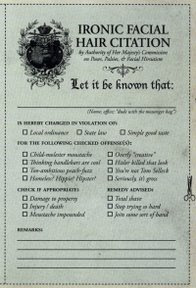 William McCreery, a Washington County native, entered the railroad business around the time of the Civil War, building and running the Ashtabula, Youngstown and Pittsburg Railroad (AY&P), which was eventually leased by the Pennsylvania Railroad. After a disagreement with the PRR, McCreery resigned and built a competative railroad that became the Pittsburg & Lake Erie Railroad (P&LE). By the time he completed his 33rd year in business, he had built seven railway lines and held the presidency in four of them.
William McCreery, a Washington County native, entered the railroad business around the time of the Civil War, building and running the Ashtabula, Youngstown and Pittsburg Railroad (AY&P), which was eventually leased by the Pennsylvania Railroad. After a disagreement with the PRR, McCreery resigned and built a competative railroad that became the Pittsburg & Lake Erie Railroad (P&LE). By the time he completed his 33rd year in business, he had built seven railway lines and held the presidency in four of them.McCreery was also Chairman of Pittsburgh's Relief Committee for victims of the Johnstown Flood, on the board of directors for the Pittsburgh Chamber of Commerce, was one of the organizers of Allegheny General Hospital and also worked on the Pittsburgh Association for the Relief of the Poor.
It's difficult to tell from this many time over copied photograph but it looks like Mr. McCreery has a slight smile accentuated by slight curve on the ends of his mustache. A railroad magnate who gave back to the community would certainly have something to smile about.




